|
Today we cut a log for the fireplace mantle. It was a fallen hickory from last winter.
0 Comments
Callie loves to play in the snow. This is what she looked like this morning after making a trip around the farm. Bath time
The days are getting a little longer, and the sun is shining a little bit brighter in this beautiful January weather. We are starting to see eggs! Chickens need about 14 hours of daylight to lay their best, so as the light decreased in the fall and winter, so did the egg production. By mid November, they completely stopped laying and their bodies went through the molting stage followed by a much needed rest for the winter. Our first egg appeared about a week ago, first one, then two, then three. Today, I gathered eight. The young ones, now about six months old are starting to lay their pretty little pullet eggs. It looks like you may soon see Tangle Ridge Farm Eggs for sale again at the Wild Ramp.
(Except for the mantle - that will be from a fallen hickory tree on the farm). Now on to the next project...
I have grown to love my goats. The girls are sweet and loving, and have distinct personalities. Alita, the mini-Nubian is small but mighty. She loves attention, and loves to eat. She is never shy about pushing the others out of her way to get to the feed or to your hand that is holding treats. She might even nibble your finger. Ember, the full blooded Nubian, is extremely loving and a bit of a pushover. When she was younger, I had to feed her separately from the others to make sure she got her share because they (Alita) were more aggressive and ate faster, and would root her out of the way. She loves attention from her farmers. She is always there, nibbling at my pockets and chewing at my hair if she catches me bending over. Both of my girls are very vocal. When they see you coming, they start yelling for you. They also loudly let you know when something is upsetting them. The best thing about the girls, is they give me baby goats and milk. Baby goats are as cute as puppies at twice as funny. They run and jump and bounce and play, and love to cuddle. Along with all the love, there is a lot of work, and some unpleasant tasks to goat-keeping. As of today, I've been caring for and learning about goats for 2 years, and trust me, there is a lot to learn. Even though I have learned a lot, I still consider myself a novice. When researching about their care, you will find many opinions and different philosophies on how to do things. I take in what I hear and read and mold it into what works for me and my goats. Since I am very lucky to have a job and work to support my farming hobby, I have time constraints; I also believe in using natural methods as much as possible, and medicating when necessary to keep them healthy. We trim their hooves on a as needed and could be more regular basis, vaccinate them annually, deworm them as needed, make sure they have vitamins and minerals and various supplements as they need them, provide nutritious food, clean water and shelter. That's just the tip of the iceburg. One of the most important things I've learned, is to pay close attention. It's critical to watch for subtle changes in their behavior and condition, and act quickly when needed. This is true of all my animals, but especially the goats and the sheep because they can fall ill quickly and die before you know what happened if you aren't paying attention, or if you choose to ignore it, or say, "I'll take care of it tomorrow." With these animals, tomorrow could be too late.
Since the mission of my farm is to share the experiences of farming, I have to tell you both sides of the story, both the pleasant and the not so pleasant. About both the good and the bad. I'll be honest, I've kept some of the bad to myself so far, but I think its time to change it up for 2015. I would like to tell you about our most recent 'first' and not so pleasant farming experience. Yesterday, we had our first experience doing what is probably THE most unpleasant task of goat raising. That is, dehorning baby goats. Last year, when we had the first set of kids, we took them to a very kind generous goat lady farmer who did this task for me. This time, we decided to do it ourselves. As soon as the babies were born, I ordered my Rhinehart 30 dehorner with goat tip so I would be ready. Its hard to know the perfect time to do the job, but from what I've read it must be done before they are a month old, and preferably within a few days to two weeks. The boys were done at 3 weeks, and the one I kept is getting some scur growth. Scurs are horn like tissue that grows sort of randomly. It often has to be trimmed because it can grown in odd directions. The key to timing of the deed is to feel their head for growing horn buds. According to experts, they are ready when it feels like a hard pimple on the top of their head. The risk of waiting too long is, they will get scurs and it may not work as well. The risk of doing it too soon is their skull is little and you don't want to cook their brain. So, for a variety of reasons including debate with my helper over when was the right time and having a million other things to do, they were just over two weeks old, and it needed done. This is not a job I wanted to do alone, and I didn't really want to hold the hot iron to their heads, so this time I did the holding and my man farmer did the burning. The procedure involved shaving the hair off the horn area, then holding the tip of the dehorner (an extremely hot iron with a circular tip) to each horn, burning a circular area around the horn root for several seconds. It takes a couple of times, stinks really bad, and all the while the baby is squirming and screaming (of course it hurts!). It sounds gruesome, but its better than having a goat with horns that can injure themselves, other goats, children or you. Within a few minutes, after much loving and petting, they were happily nursing on Mama Alita. Whew, I'm just glad its over. Now, I hope it worked. |
AuthorMy name is Christy Franklin. Archives
February 2021
Categories |
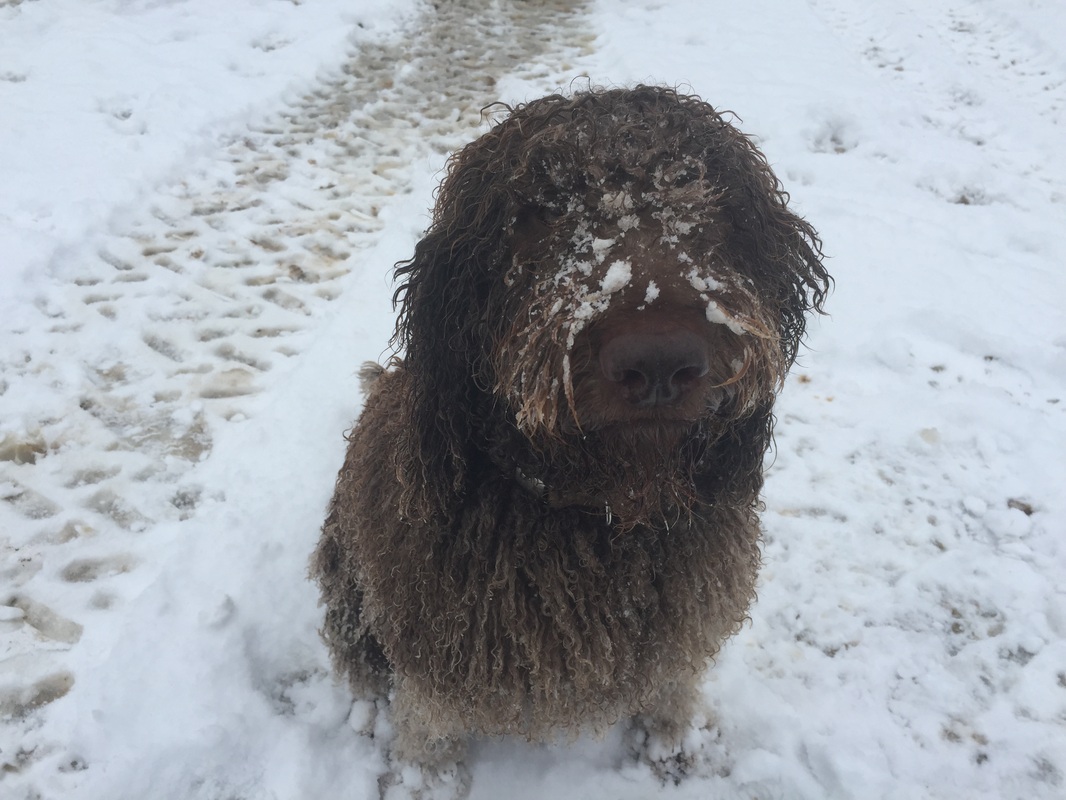




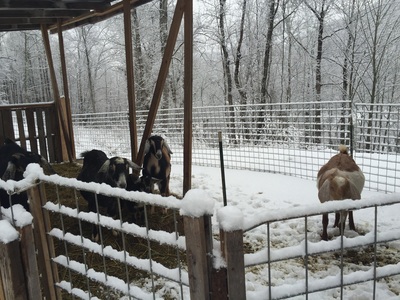


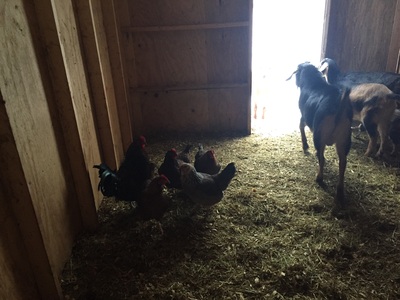

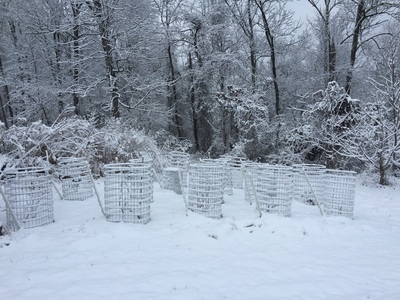

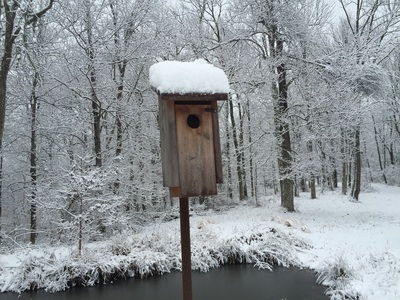







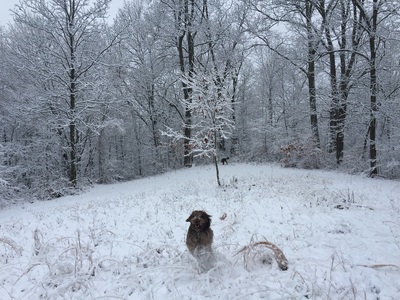

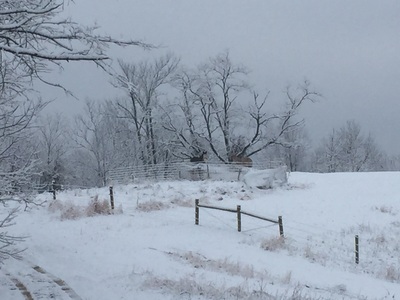




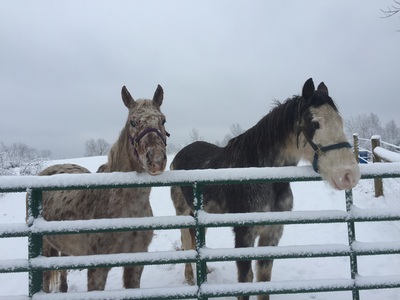


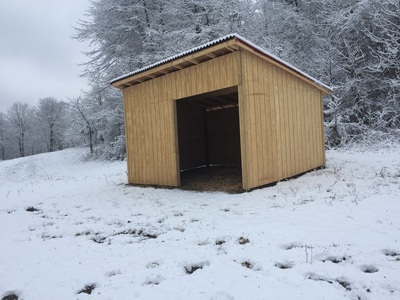







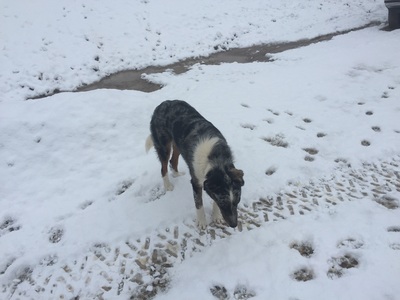



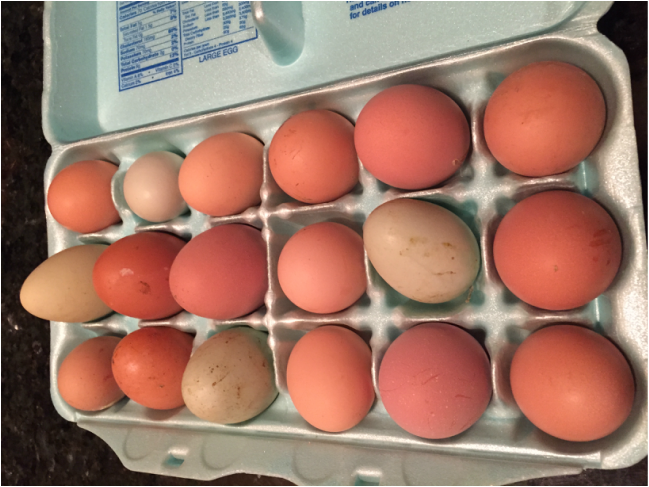
 RSS Feed
RSS Feed
